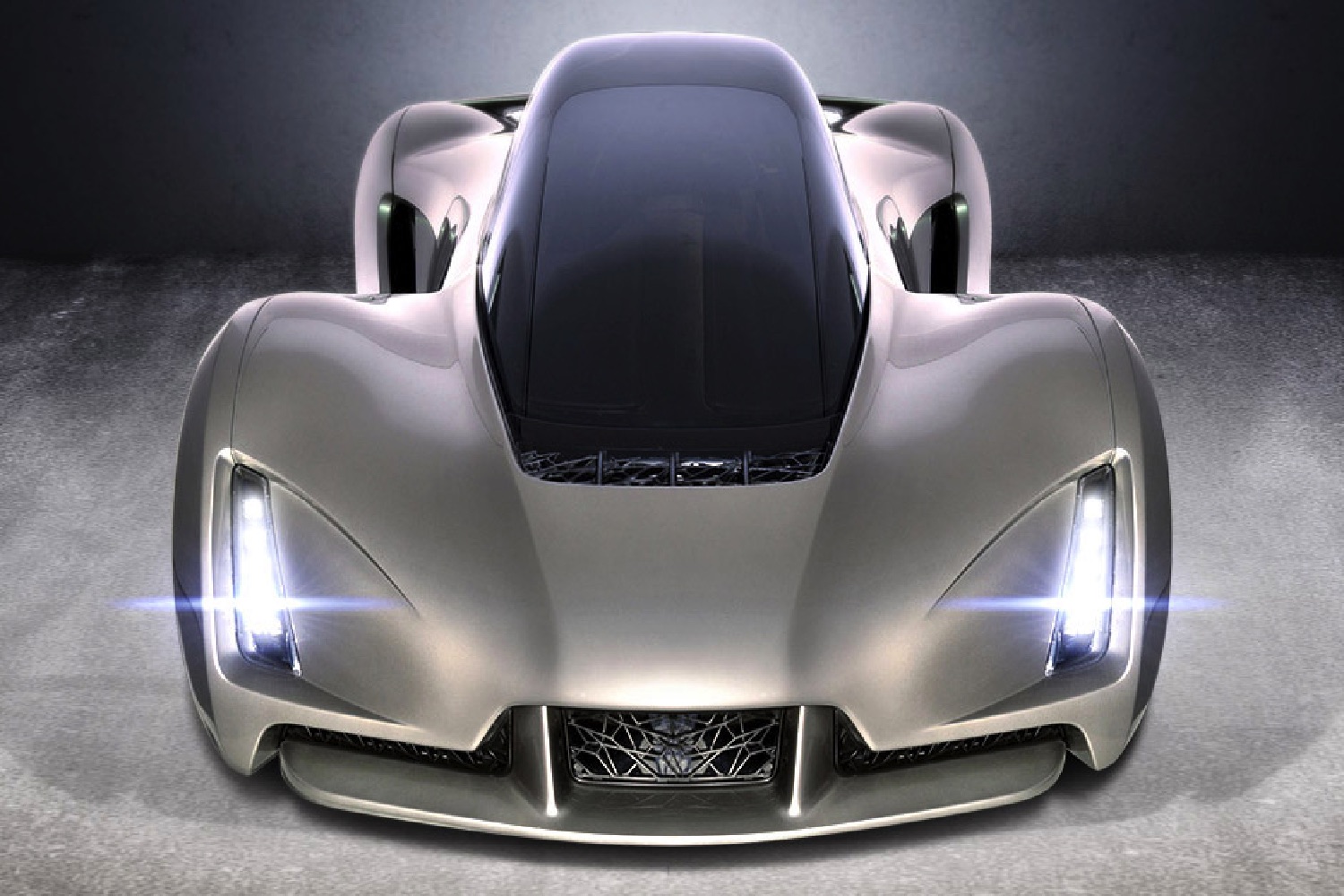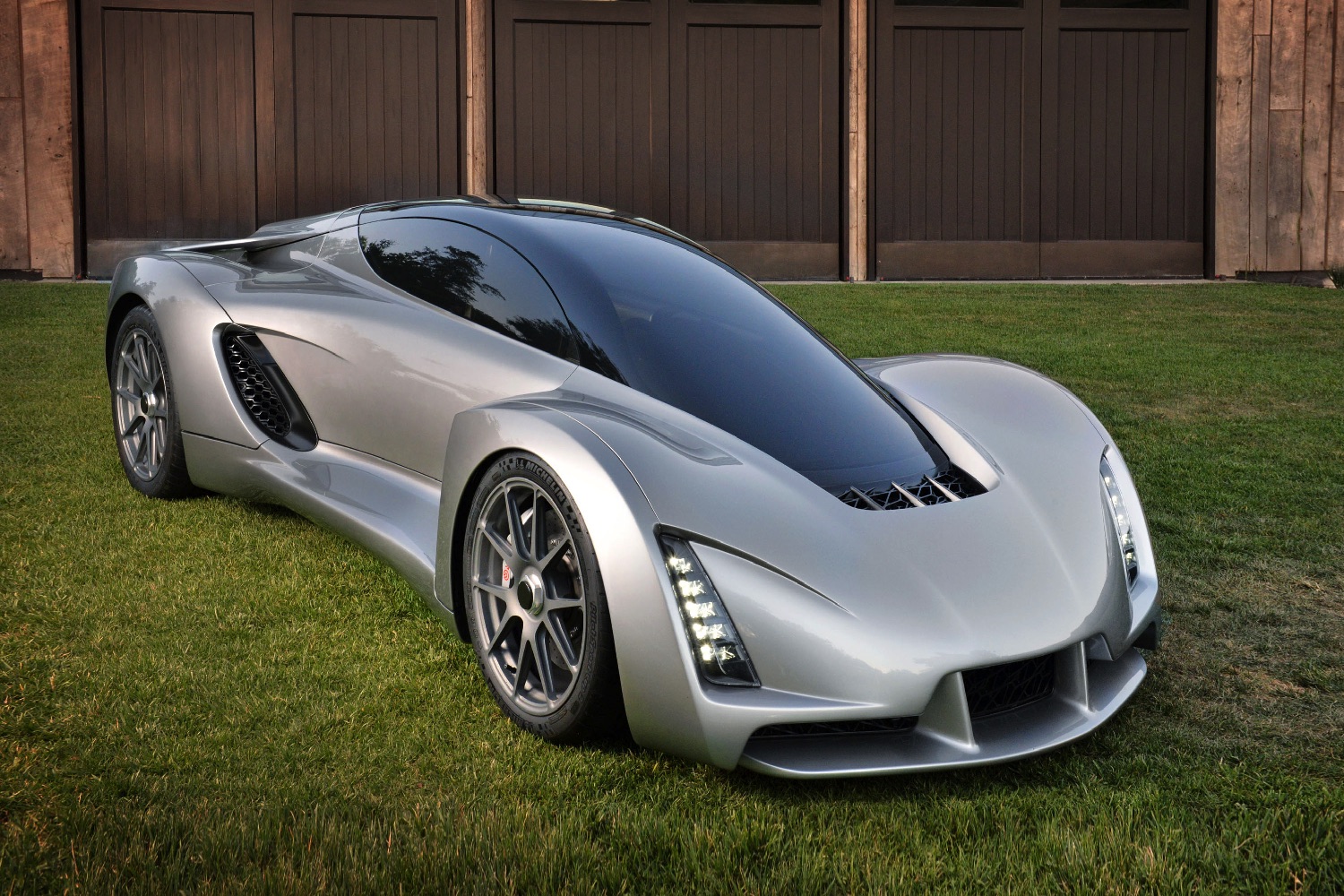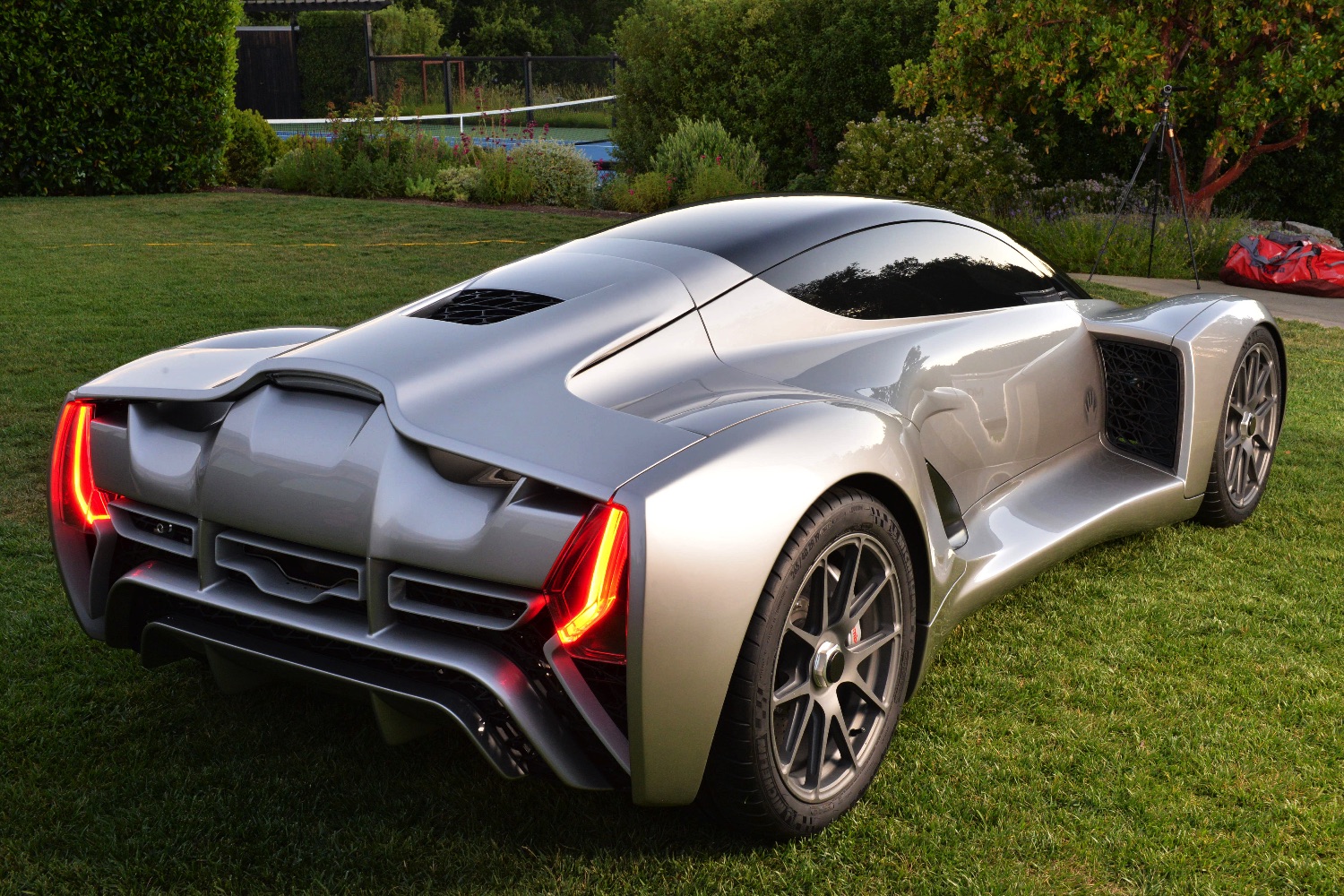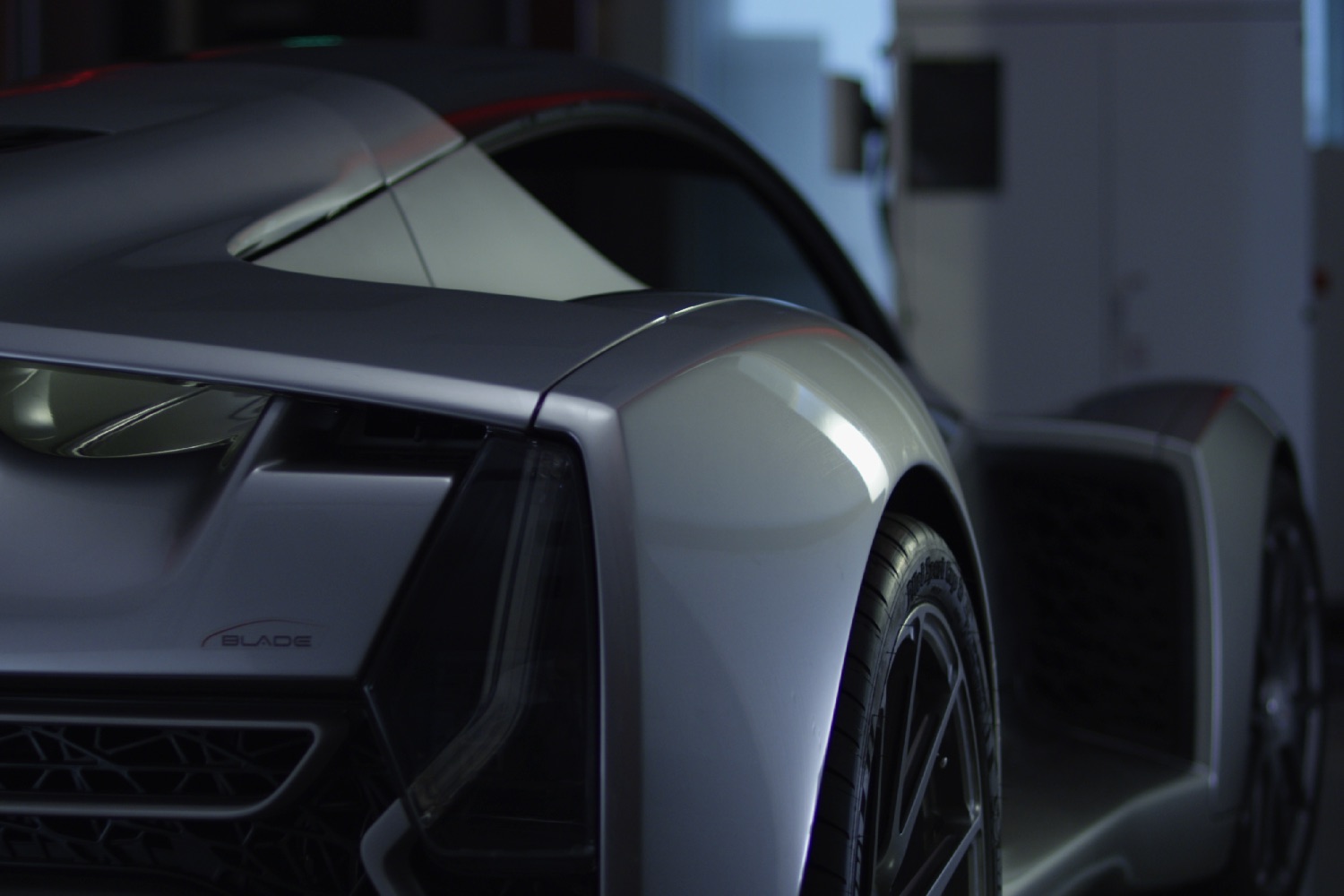Case in point, a 3D-printing startup called Divergent 3D, which has just inked a letter of intent with top automaker Peugeot to bring its technology to the factory floor. Divergent’s technology calls for cutting-edge 3D-metal printing, which will aid Peugeot in dramatically reducing the weight of its car bodies, in addition to a plethora of other benefits.
“If you consider the chassis of a standard five-person vehicle, you can look to have a reduction of up to 50 percent of the vehicle,” Kevin Czinger, founder and CEO of Divergent 3D, told Digital Trends. “That’s the heaviest part of a vehicle. On top of that, you can also reduce the number of parts by 75 percent and capital investment costs by an order of magnitude. Taken together, this is a total change to the way things are [currently] done.”
Divergent’s technology allows for traditional time-consuming tooling methods requiring welding and fixturing to be replaced with modular structures built from 3D-printed nodes that connect standardized materials developed for the aerospace industry.
While additive manufacturing has been used throughout the auto industry for small-scale pilot programs focused on individual components, Divergent’s method offers a rethink of the way cars are put together. The hoped-for result will be automobiles that are lighter, more structurally safe, cost-efficient, and environmentally responsible.
With billions of dollars of traditional tooling machines already in place in automotive shops around the world, it may be some time before Divergent 3D’s dream is a widespread one but in the short term, it has captured imaginations.
“Our hope and belief is that once we commercialize and validate this technology with the first few OEMs, people will see that the advantages to doing this — economic, innovation and environmental — are so powerful that this becomes the standard way of manufacturing over the next decade,” Czinger said.








